Uruguay: Small Country, Big Heart
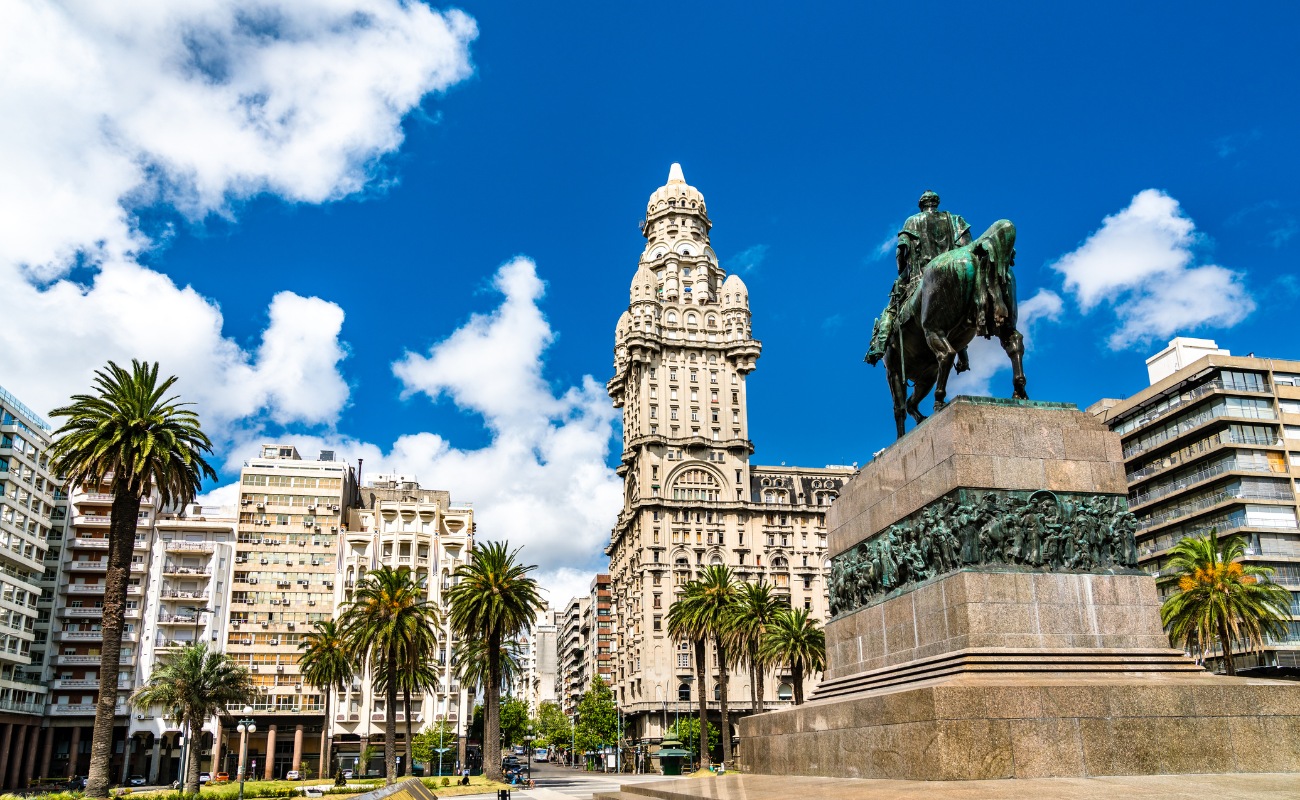
hen travelers think of South America, Uruguay often flies under the radar, eclipsed by its larger, flashier neighbors like Brazil and Argentina. Yet, this small country, nestled between giants, is brimming with serene beauty and relaxed charm. From pristine beaches to historic towns, Uruguay offers a slower pace of life, perfect for those who crave authentic experiences, unspoiled nature, and, of course, a good glass of wine. Let’s take a journey through some of the country’s most enchanting spots: the sun-soaked beaches of Punta del Este, the historic allure of Colonia del Sacramento, and the ever-growing wine culture in Uruguay’s scenic countryside. And don’t forget the capital, Montevideo, with its laid-back coastal vibe and rich culture.

Punta del Este, La Mano (The Hand)

Playa Mansa (Gentle Beach)
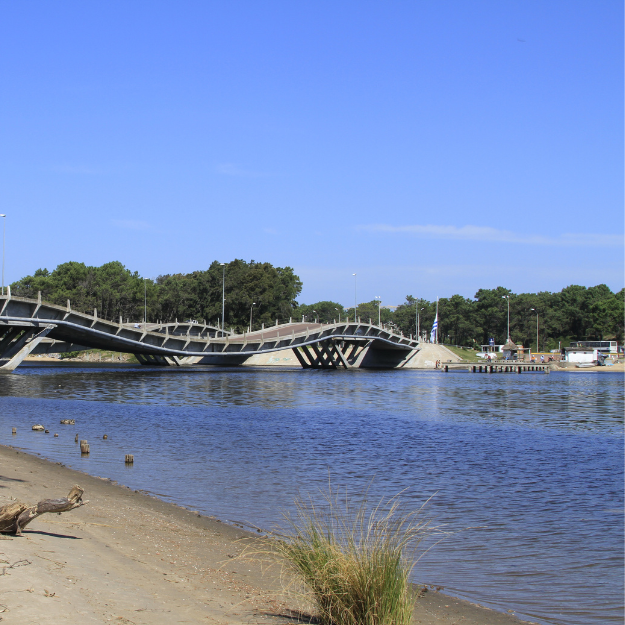
Punta del Este
Book Flights to Uruguay
Punta del Este: Uruguay’s Star-Studded Beaches
Located on the southeastern coast, Punta del Este is Uruguay’s most famous beach destination. Known for its glamorous appeal, this coastal town has long been a getaway for celebrities and jet-setters. But beyond its glitzy reputation, Punta del Este offers a range of experiences that appeal to all kinds of travelers, especially those who appreciate the art of slow travel.
For beach lovers, Punta del Este delivers in spades. Playa Mansa (Gentle Beach) lives up to its name, offering calm waters ideal for a peaceful swim, paddleboarding, or simply basking in the sun. On the other hand, Playa Brava (Rough Beach) draws surfers and adventurers with its crashing Atlantic waves and the iconic sculpture, La Mano (The Hand), an art piece rising dramatically from the sand. Whether you’re seeking tranquility or a bit of adrenaline, the beaches here have you covered.
What sets Punta del Este apart, though, is the relaxed pace that still permeates the town, even amid its luxury. Travelers can take long, meandering walks along the Rambla, the scenic seaside promenade, or hop on a bike and explore the coastline’s hidden gems. Don’t miss a visit to the nearby Isla de Lobos, home to one of the world’s largest sea lion colonies. It’s a tranquil escape that highlights the natural beauty often overshadowed by the town’s ritzy reputation.

Colonia del Sacramento

Barrio Histórico
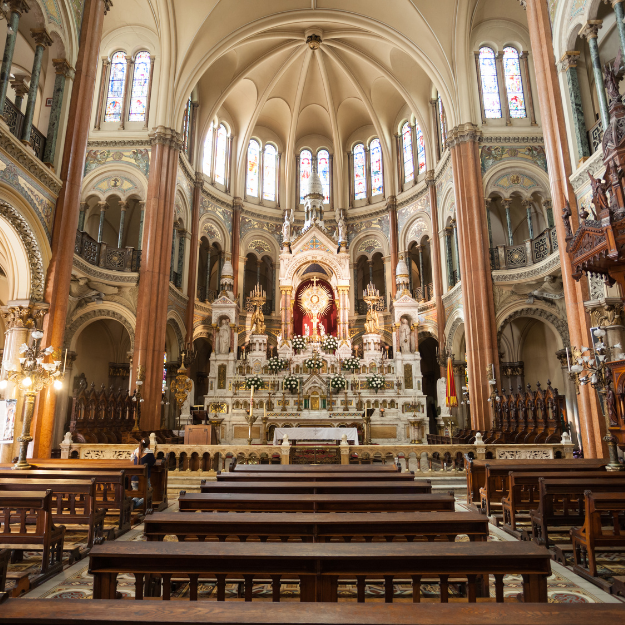
Basilica del Santísimo Sacramento
Colonia del Sacramento: A Journey Back in Time
While Punta del Este captures the modern side of Uruguay, Colonia del Sacramento transports visitors back in time. This UNESCO World Heritage site, just a short ferry ride from Buenos Aires, is renowned for its well-preserved colonial architecture and cobblestone streets, which seem frozen in history.
Founded by the Portuguese in 1680, Colonia has a unique mix of Spanish and Portuguese colonial influences, creating a charming, laid-back atmosphere perfect for slow travelers and history buffs. Walking through the town’s Barrio Histórico (Historic Quarter), visitors can explore centuries-old buildings, climb up to the Lighthouse for sweeping views of the Río de la Plata, and visit the Basilica del Santísimo Sacramento, one of the oldest churches in Uruguay.
What makes Colonia particularly appealing to slow travelers is the pace of life here. Locals sit on their porches, chatting with neighbors, while travelers wander the quaint streets at their leisure, enjoying the views and soaking in the serene ambiance. There are no must-see attractions to rush through, just a peaceful place to enjoy and explore on your own terms.
The town also offers a vibrant culinary scene. As you explore, be sure to sample the local cuisine in one of the many cozy cafes or restaurants overlooking the river. Try the traditional chivito (a delicious steak sandwich) or indulge in fresh seafood paired with a glass of Tannat, Uruguay’s flagship wine.
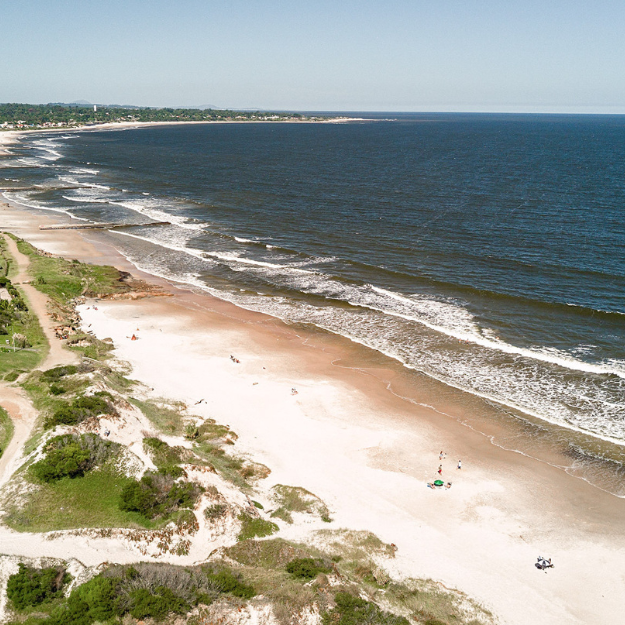
Canelones

The wine walk, Uruguay
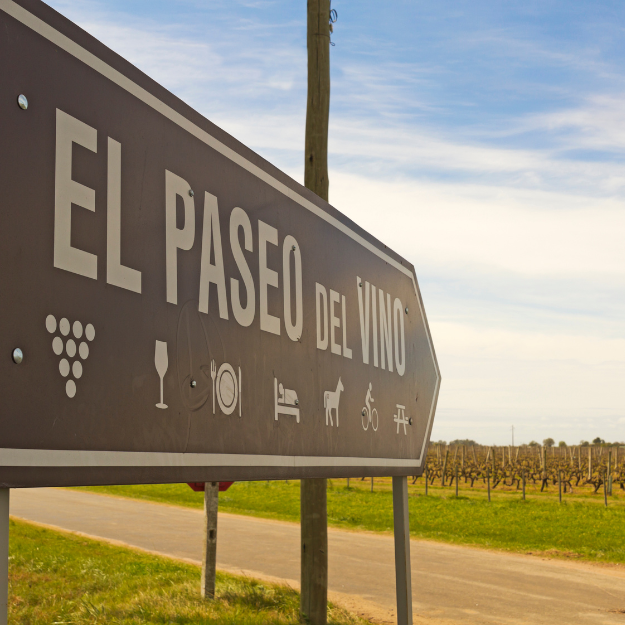
The wine walk, Uruguay
Uruguay’s Emerging Wine Scene: A Taste of Tranquility
Uruguay may be small, but it has made a significant name for itself in the world of wine, particularly with its Tannat grapes. Wine lovers will find a lot to enjoy in Uruguay’s up-and-coming wine regions, where vineyards stretch across the countryside, offering tastings and tours in stunningly picturesque settings.
One of the best places to experience this wine culture is in Canelones, the heart of Uruguay’s wine country, located just outside Montevideo. Here, family-owned wineries invite travelers to slow down and savor the fruits of their labor. Wineries like Bodega Garzón, set against rolling hills, offer not only tastings of their world-class wines but also gourmet food experiences that highlight local ingredients and flavors. Other boutique vineyards, such as Bodega Bouza, offer intimate tours that allow visitors to learn about Uruguay’s rich viticulture tradition while enjoying wines straight from the source.
Uruguay’s wine scene offers a peaceful contrast to the busier wine regions of the world. There are no crowded tasting rooms or overly commercialized experiences here. Instead, travelers are invited to sip wine in the company of winemakers, surrounded by Uruguay’s tranquil, pastoral landscapes. Whether you’re a seasoned wine enthusiast or a casual drinker, Uruguay’s wineries offer a unique, unhurried experience that pairs perfectly with slow travel.
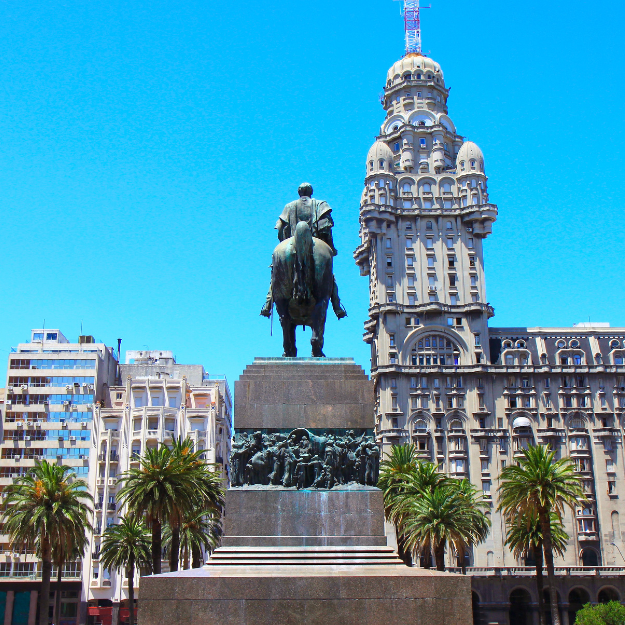
Independence Square, Montevideo, Uruguay
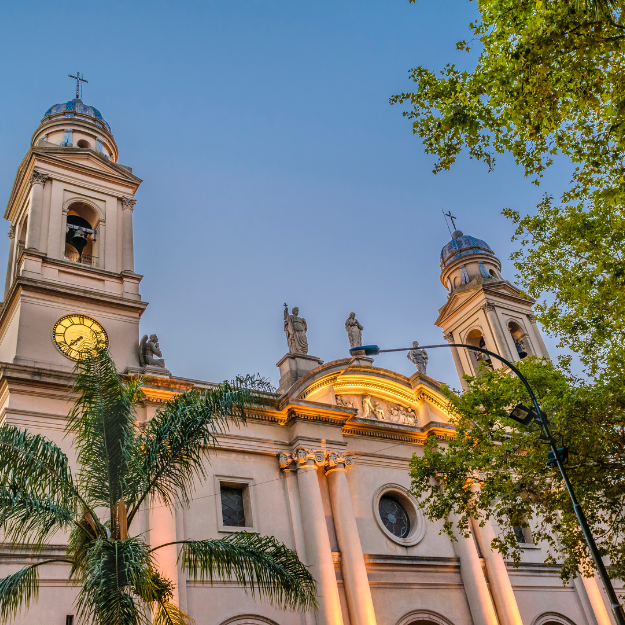
Montevideo Basilica, Old Town, Montevideo
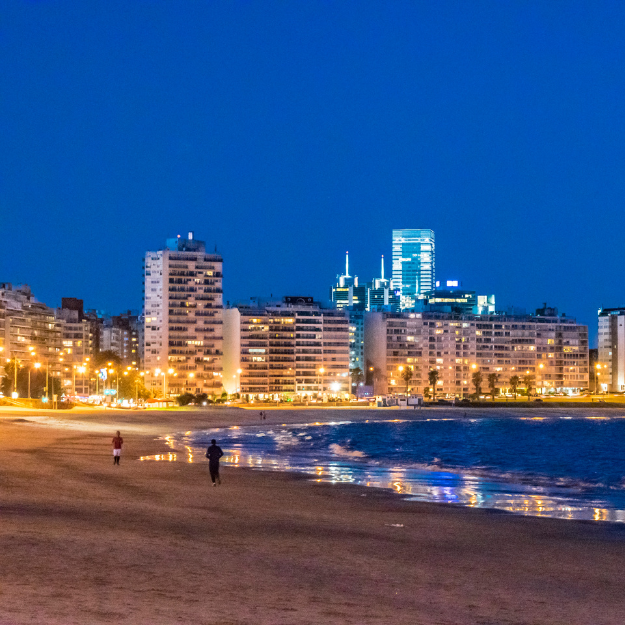
Pocitos Beach Night Scene, Montevideo
Montevideo: A Capital with a Laid-Back Vibe
Finally, no trip to Uruguay would be complete without spending time in the country’s capital, Montevideo. While it may not have the fast-paced energy of other Latin American capitals, Montevideo boasts a charm all its own, combining urban culture with a relaxed coastal vibe.
The city’s Rambla, a 13-mile-long waterfront promenade, is perfect for leisurely strolls, cycling, or simply enjoying the ocean views. Locals gather here in the evenings, sipping mate, Uruguay’s beloved herbal tea, and chatting with friends as the sun sets over the Río de la Plata.
Montevideo also has a thriving cultural scene, with numerous museums, art galleries, and theaters. The historic Ciudad Vieja (Old City) is home to vibrant markets, street art, and beautiful colonial architecture. For a taste of local life, visit the Mercado del Puerto, where you can enjoy a sizzling parrilla (barbecue) in one of the many traditional steakhouses.
Like the rest of Uruguay, Montevideo invites visitors to take their time. There’s no rush here—just a chance to soak up the city’s relaxed energy, enjoy the warm hospitality of its people, and experience the blend of history and modern life that makes this capital so special.
Conclusion: Uruguay’s Slow and Steady Charm
Uruguay might not be the largest or most famous destination in South America, but it offers something truly special for those seeking a slower, more mindful travel experience. From the laid-back beaches of Punta del Este to the historic charm of Colonia del Sacramento, and the peaceful vineyards of the countryside, Uruguay is a country that encourages you to savor every moment. Whether you’re a beach lover, wine enthusiast, or history buff, Uruguay invites you to explore at your own pace, discover its hidden gems, and experience its big heart.
